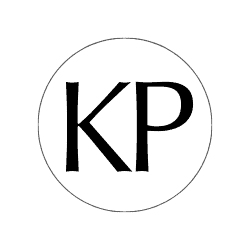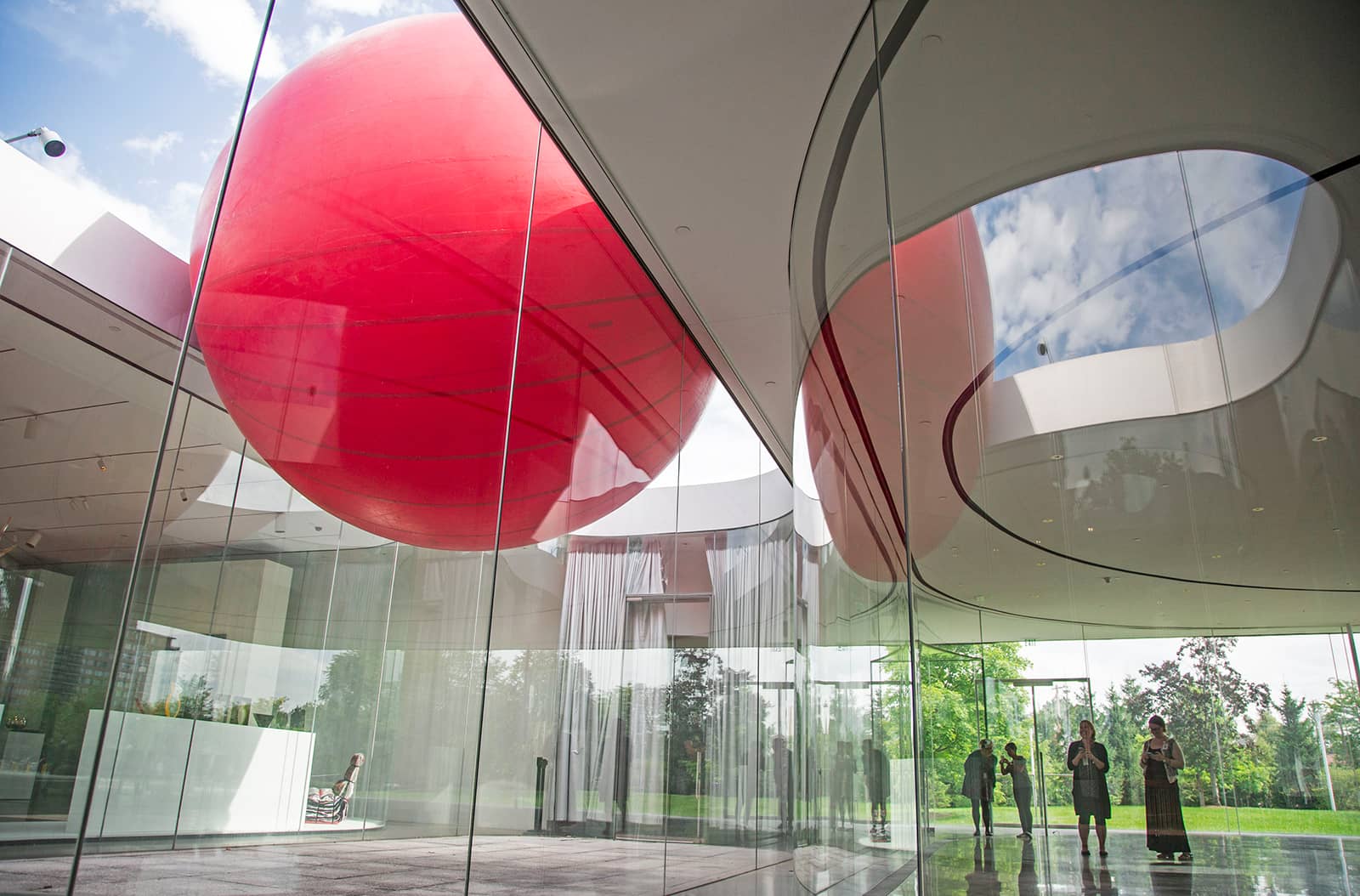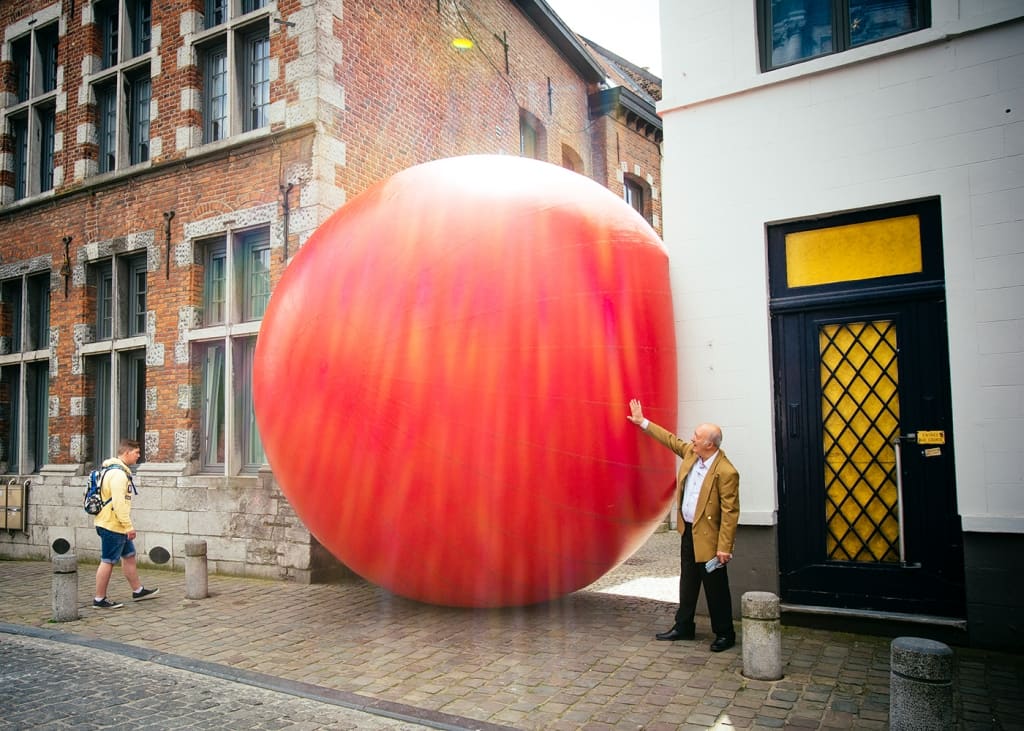How do you document art that is site specific, only lasts a day, and is always on the move? Temporary public art – anything on the street- brings a host of challenges. More importantly,
after years of shooting my work, and then working with professional photographers, I’ve come to believe most artists are going about it all wrong.
So while we were in Calgary this week for a RedBall tour, I got a drink with the photographer who I’ve been working with for over 4 years now, and recorded a conversation about how this all works.
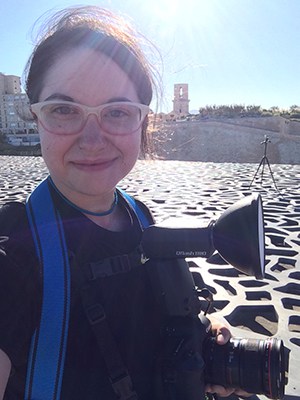
First let me say something about her. Brit Worgan started her career as a news photographer at a daily newspaper in Upstate New York where she created a name for herself as an emerging photographer with the Associated Press. Now based in NYC and was recently named as a 2017 emerging photographer to watch by Getty Creative, who now represents her work. Her work explores community and identity having shot for VICE, WIRED, The New York Times, Associated Press & Getty Images. She has an amazing ongoing series on Gay Rodeo recently featured in Broadly. If you’re a photographer & want to know the gear, we’ve got that covered.
Also just a quick note: if your really looking for info on shooting physical art objects, like paintings in a gallery envioronment, I’d suggest youtube, maybe this one or this one. We might cover that in the future, but his article is really about documenting temporary artwork especially with an audience.
Let’s begin.
Kurt: I think in the artist who I’m talking to, in the Creative Capital webinars as an example, there is a real gamut from ‘I’m rolling it on my own’ to maybe I’ve hired a photographer before for certain things. To people who definitely are hiring a videographer and a photographer for everything. But in general for people who are doing any kind of work like this, performance based, time based, not necessarily on a theatre stage, what I want to address is
what is it that artists don’t understand, what is it they don’t really get about what they need to be doing in terms of creating images of their work?
One example for me I know is over time eventually I realized that work that’s audience based needs the audience in the photographs. Of course like it sounds so fucking obvious but literally I think there’s a lot of artwork that is shot so cleanly or so architecturally that you don’t have any sense of the energy of what’s happening.
Brit: Right, every day that I’m photographing a site I have a sort of checklist in my mind of shots that I want to see. One is a clean minimal shot with only a few people in it. This shot is usually more about the architecture that surrounds the piece.
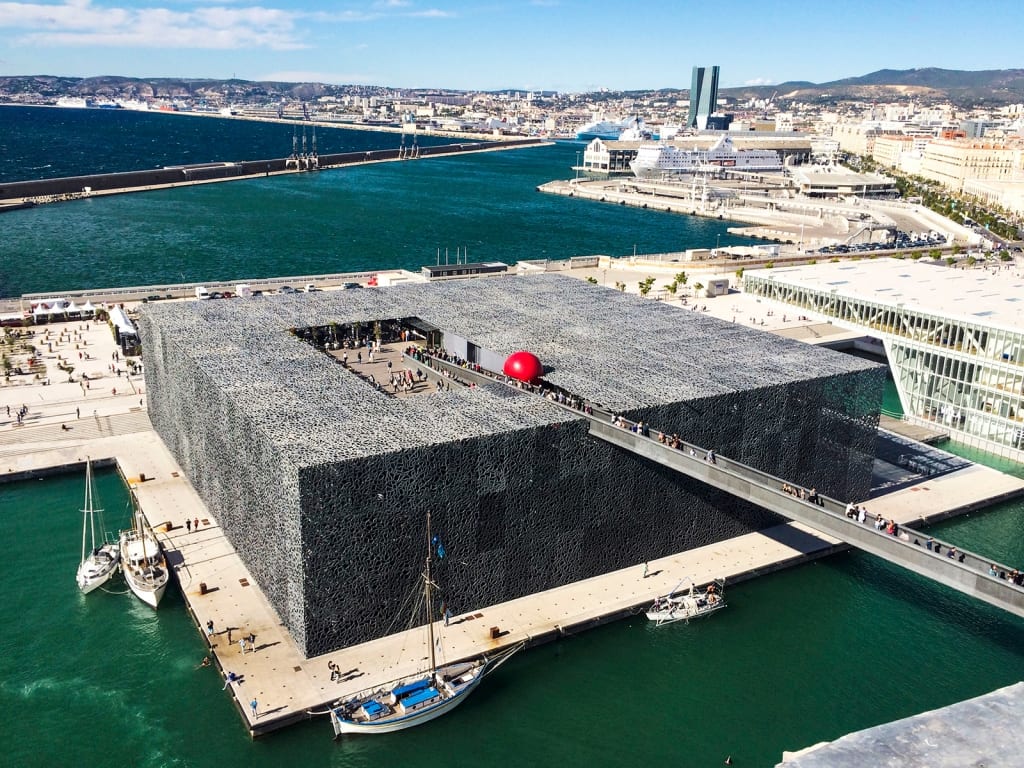
Another is from the viewer’s perspective, an aerial shot if possible (from a rooftop or an adjacent buildings window). When we were in Marseille, FR I climbed the 40+ story mediaeval Fort Saint Jean for this shot. Or in Calgary a crowd interaction that shows the energy surrounding the site. I like to capture this using different techniques like motion blur to show the crowd buzzing around the stationary art piece. To me those type of shots look more polished and exciting than just everything being frozen. Knowing how to work with natural light as your only light source is very important – knowing how and when to use ND filters, not blowing out your highlights but not underexposing your shadows. I know that when you do the site visits that’s something that you’re looking for when you’re making these selections. I try to represent the art piece in the way you envisioned it. I attempt to crawl inside your head and think ‘Well how did Kurt visualize this?’
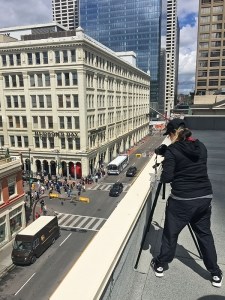
Kurt: How do you capture a sense of what’s actually happening, not just documenting that it happened but capturing the feeling of it?
Brit: Yes the feeling of the energy, the presence of it all is sometimes a real challenge. It sounds very straightforward but you really have to sit with it for several hours if not a whole day to achieve it.
Kurt: So if the artist is working with a photographer for the first time. Independent of whatever the artwork is like, what is the shot list? What does the photographer need to capture in any environment -fill in these blanks- the things you must get if you’re really going to document it.
Brit: Robert Capa says “If your photo’s aren’t good enough, you’re not close enough”. Though that applies to many things, when shooting a 15 ft tall art piece you want a selection of shots that will tell the day’s story. You need to get your basics covered: your wide shot, midrange and a close up. You want a wide shot that’s going to show that context of the piece – where is it, what surrounds it. A midrange shot, showing the art piece from the ground, how people see it when they are approaching it. And a close up shot that shows how people are responding to it.
Kurt: Ok so even if an artist is trying to do it themselves they need to think about it literally, tight in, midrange, and the full frame that shows all the context of the environment. And ideally I want each of those to also be a great photograph.
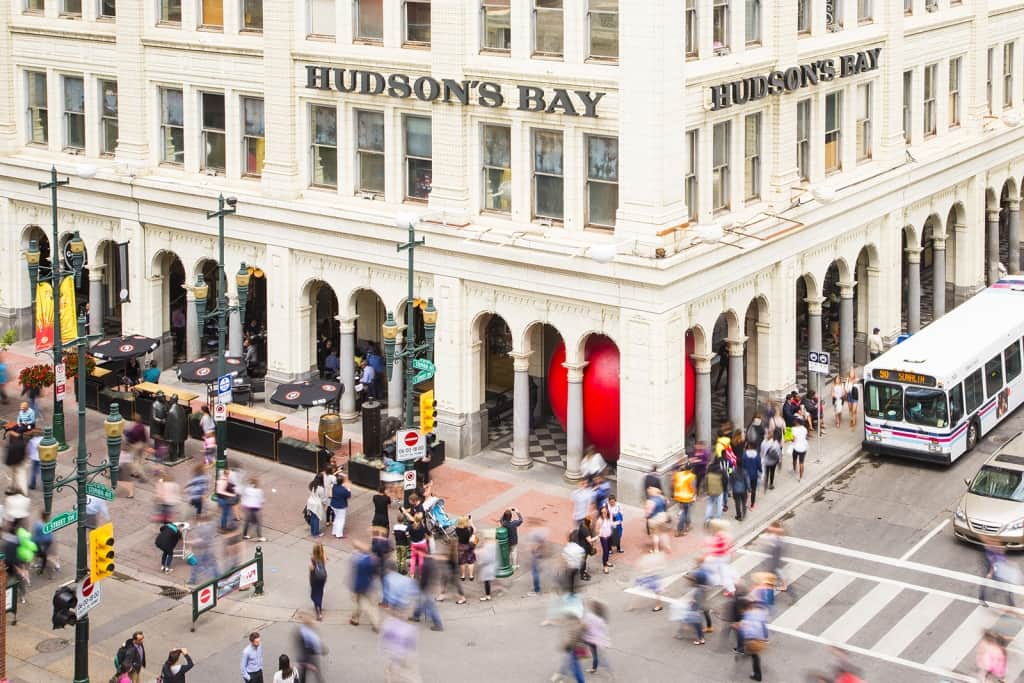
Brit: Yes. In the best lighting possible. Sometimes you don’t have that option. Maybe it’s raining that day or maybe it’s just an overcast day and that’s when it helps to have a professional that knows how to work with filters & with the right exposure areas to then be able to edit it later on. So it does look a little bit more lively.
Sometimes when we’re in Europe this is a thing, it rains a lot! When we are working with that baroque style architecture in overcast light those buildings just kind of look even more dreary.
Kurt: They go grey.
Brit: Yes, so you need to know how to work with that. And those basic frames are the ones that you want to look to get. Also hoping that they convey the feeling and emotion that everyone is experiencing when interacting with that project, or experiencing the performance. You want it to all read into one.
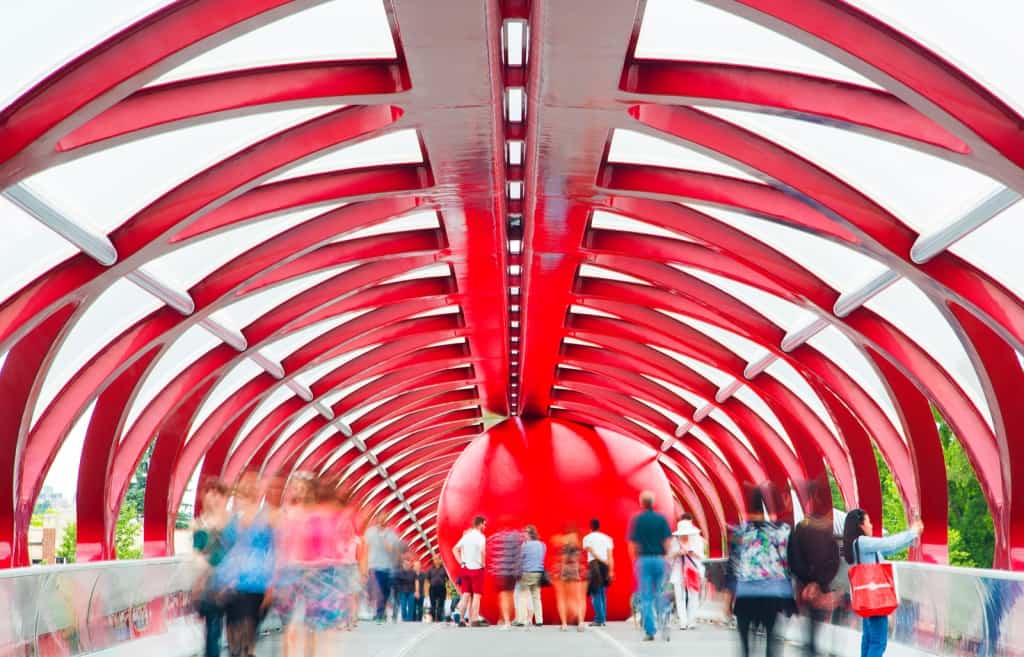
Can the Lifestyle Approach be Applied to Documenting Temporary Art?
Kurt: OK, I know one thing that I see a lot with people who are coming out the visual arts, as opposed to maybe theater, is wanting there to be a certain – let’s call it accuracy which yields a dryness or a representational approach. And I feel when I see the images while we’re at a festival in Europe the images that they’re using on posters or whatever are much more impressionistic and kind of slammy.
There is a clear emerging look which you do a lot of in your other professional work of lifestyle images. And I guess what I’m trying to figure out is what’s the art documentation version of that?
The solution lifestyle work solves for a brand. There’s also a version of that ‘need’ an artist has for an art project. Mostly you’ve got this ‘straight on’ documentation. Why do you think a lifestyle approach is important for an artist?
Brit: That’s a really good question. When a brand approaches me with a job they’re looking to create imagery that’s going to convey a feeling. The feeling that you got when you’re interacting with this thing, like what does that look like? The joy it brings, the vibrancy. This kind of imagery clicks with a viewer. It’s a human instinct, ‘that person is having fun (joy, connection, etc) I want to have that too.’ A lot of the time it’s not necessarily about the product, or the art piece, as much as it’s about the people interacting with it in that moment. Capturing that moment is the most fun part of this whole thing.
Kurt: So I’m curious with a brand do they all have like different keywords that are going for, or are they actually asking for the same feelings.
Brit: They have their own buzzwords, but ultimately it’s the same thing. Real situations, real scenarios, real people in moments that are genuine. That genuine experience is what you’re looking to capture and that’s what conveys the sincerest image.
Kurt: So part of why I think this is interesting is because when I did the last Creative Capital webinar, I said ‘look at the kind of images that the festivals are actually using to promote the work because it may not be what you expect. I think of a festival director who is looking at images when they try to decide to book something – and it’s the same problem essentially you’re trying to solve the same problem as an artist photographing your work that the brand is.
You’re trying to convey an impression to them of what it will feel like. I guess for me coming up in school with an object background it was always about documentation that was ‘well lit’ ‘straight on’, and ultimately they’re boring if you apply them to real life.
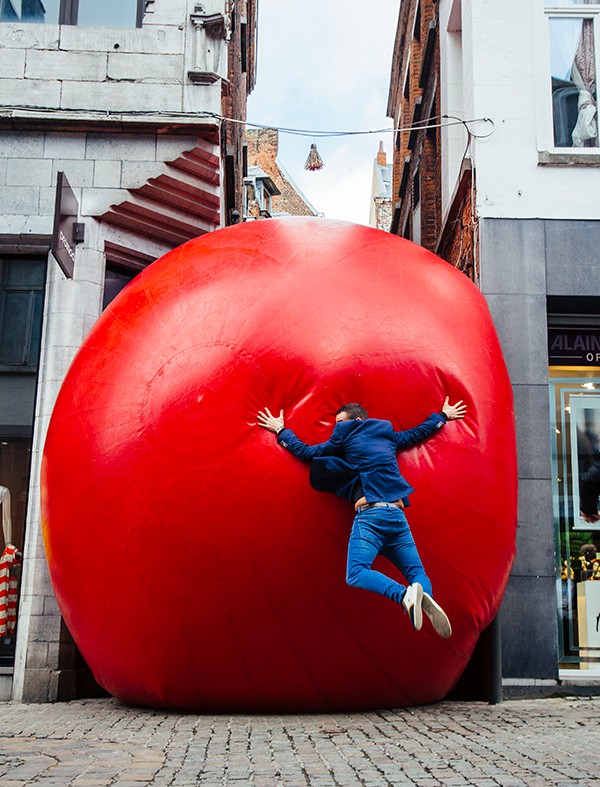
HIRING A PHOTOGRAPHER AS AN ARTIST
Kurt: OK so let’s move to something else related. Say someone’s going to try to hire a photographer for the first time, how do they know what to look for?
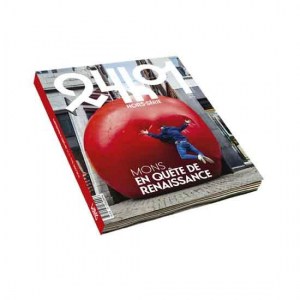
Brit: When you’re looking to hire somebody to create imagery of your art piece you of course want to have those well-lit straight on images, because for the artists archives that’s important. That’s your baseline and your should definitely be requesting those. But on top of that you want imagery that shows more life around your work. Something that would wow a festival into using it for their promos.
With that in mind, you want to work with a photographer that has experience in not only shooting documentary or architectural work but professional client facing experience; shooting lifestyle, street and commercial work.
Kurt: So back when I was looking to find a photographer and I found you. That was you know whatever three years ago?
Brit: Four years ago, when I first started in 2014.
Kurt: Wow, ok. I think I was for the first time aware of this idea (of a lifestyle approach to shooting my work), but I hadn’t been before. The difference between documenting what’s happening, and
shooting the work in a way that you create the feeling of the work that then can communicate without putting accuracy or completeness over the idea of the emotion of a moment, that actually conveys a greater whole.
That to me is how I would categorize what lifestyle work is.
Kurt: So our hypothetical artist is out there trying to figure this out. When they’re sitting down with someone how do you think about scope?
Brit: I would recommend sitting down and really coming up with a game plan of how you want your work to be portrayed. Those are the images that are going to go out to festivals and get used for marketing and social media. It’s the official imagery of your work. Once you come up with the concepts you start looking for the photographers that have portfolios that resonate with that.
It’s important to work with a photographer that has experience in the field as well as contacts that they can then bring to your project. I’m lucky enough that when I started working with Getty Images we were able to put this projects on that platform. It’s good for the artist, it’s good for the photographer. Look for a photographer that has a portfolio that shows they know what makes a good image. It’s graphically pleasing, maybe it’s her use of color, or maybe it’s the layout.
But when you see a photo that you really like, you immediately know it, it a feeling inside. You want to convey that feeling towards your own artwork.
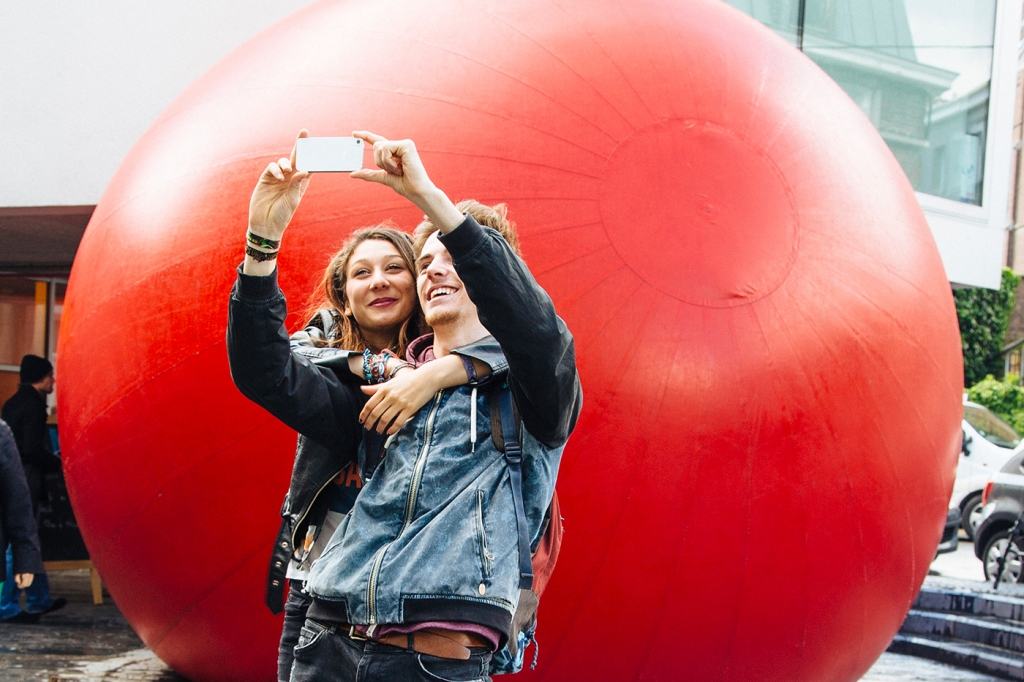
If you’re flipping through somebody who’s portfolio and you feel that several times, that’s someone to reach out to.
Kurt: So this is an interesting idea because if you are at the very beginning, say hiring for the first time you’re going to worry about budget or just the mechanics of what where do you find photographers.
But I think an important idea that you mentioned is that you need to be willing to try to find someone who’s already shooting the mood, the atmosphere, the style that you want. I think this is something within your field that’s obvious, but outside of that it’s easy to think ‘well if you’re a professional you can just sort of do anything’. And the young professional your hiring might just say ‘why I can shoot anything, you just show me and I could shoot it.
Brit: Right.
Kurt: But inside the field the people actually don’t do that. That’s not how it works. People come to someone for what they’ve already proven they can do. So to ask the question, Why is that? Why is it not true that if they’re good enough they can shoot anything?
Brit: When someone says ‘I shoot everything‘ chances are they are an amature-pro, meaning this isn’t their day job – it’s a hobby that sometimes pays. If you’re looking to work with a photographer who’s shooting everything and their work is all over the place, that’s probably what you’ll get when they shoot your work. Remember each day is different but you want your work’s images to be unified and cohesive. Especially when you’re showing for several days or weeks at a time, at the end you want it to all read like a story.
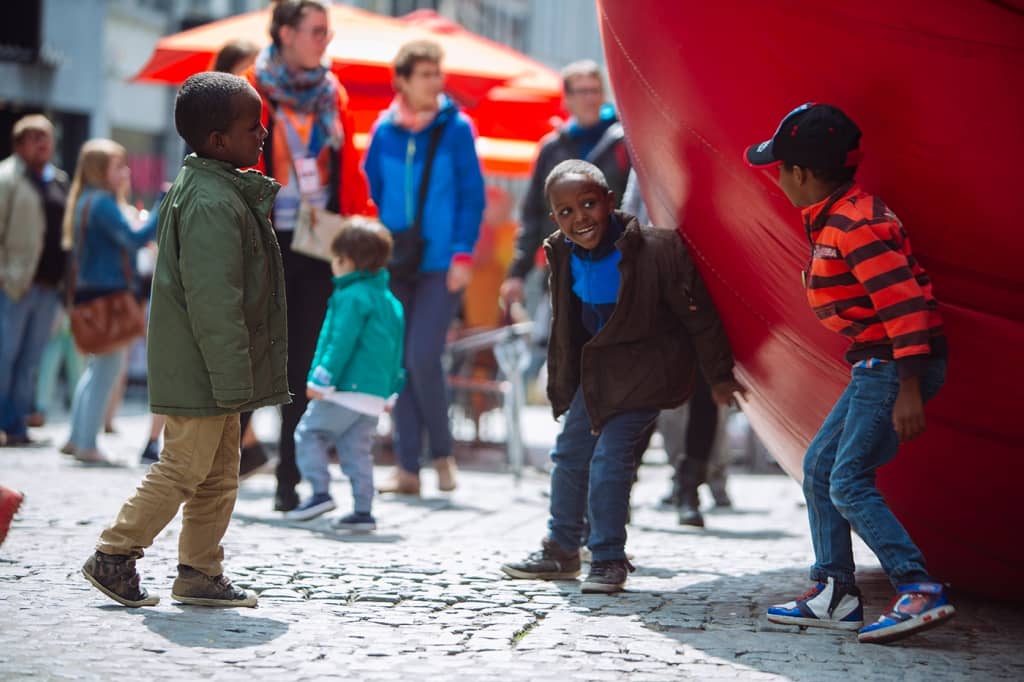
Experienced photographers still shoot lots of different things but you’ll see a connection through style and approach that comes with the ability to dial in their focus (pun intended). This is what photo editors and creative/art directors look for when hiring a photographer for a job.
Kurt: Right, so say as an artist on a budget you’re super excited because a friend of yours worked with this photographer and they said they were nice to work with, and you can afford them. But their work layers a bunch of different work visually all over the place, say wedding stuff and then some newspaper work, and it doesn’t come together in feeling. So a warning sign.
Brit: Yes. If their work feels like it’s missing a unifying style or message, there’s a chance they might just not be seasoned enough with their approach.
Kurt: When the artist is thinking about ‘OK I’m going to try to scope this job for the photographer’. By scope I mean outline what is actually going to be done for the money that’s going to be paid. If they haven’t done that before, what’s the best method to actually get them what they want. Is it to think a number of images, to think or hours of days of shooting?
Brit: I think if you are just starting out, never having worked with a photographer or had your piece photographed the right approach is to keep things loose at the start. Have a conversation with your photographer and keep the lines of communication open. After the first day does it seem like it will be a 12 hour day of shooting to get 5 great shots or is the light only best for 4 hours of the day? You’re ultimately paying the photographer for their time, their equipment, and copyright to the images they’ve taken on behalf of your work.
Kurt: But within that, you are suggesting that the artists have a sense of what their end goal is.
Brit: Absolutely.
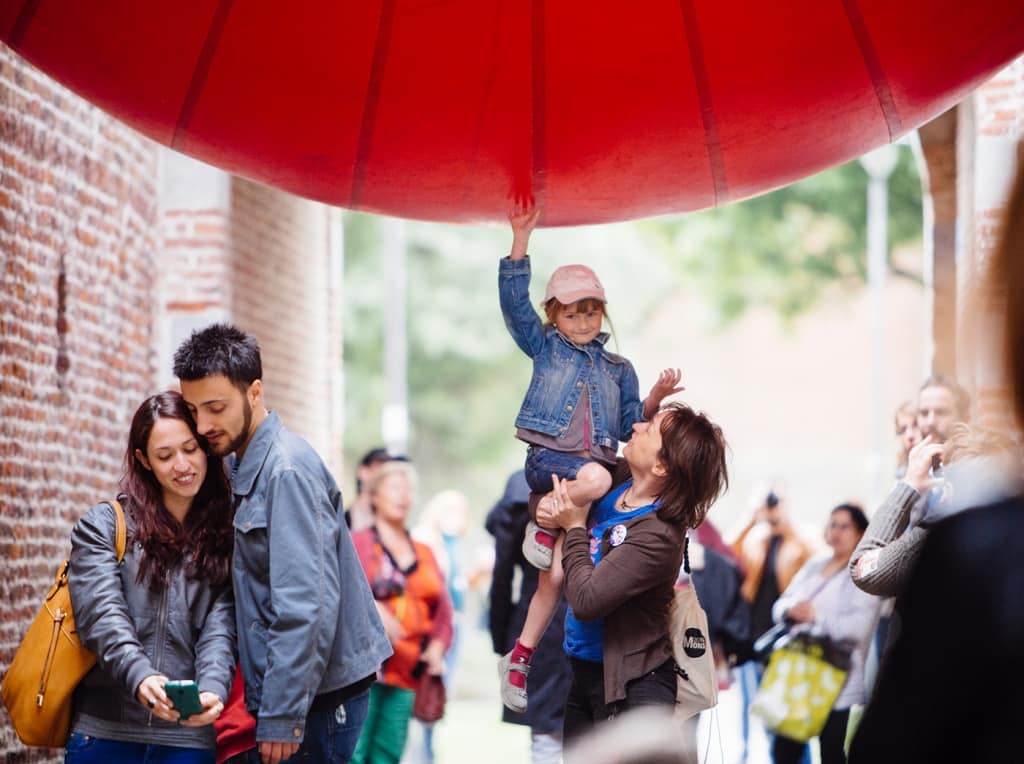
Kurt: And say I need X number of images ultimately out of this, and maybe within that and I’m looking to get these things done. I need a medium range, I need a long-range, the wide, the short you know and within that I need a few amazing shots that capture the feeling of the work, and maybe a few that describe the work. These are different things.
One thing that changed for me I used to think about quantity, and now with over 10,000 images in the bank I think about ‘what moves things forward‘ can we get an image over 7 days that I can use for years to come.
Brit: Yes because at the end of the day it’s the artist’s piece and these images belong to the artist for marketing, archival, museum prints, etc. You want your photographer to be hunting for the hero shot that gets used for a lifetime. It’s not quantity but quality that really stands the test of time.
Kurt: I also want to throw this in, is that one of the differences that I discovered over time about working with photographers with more experience, is that I’m not reminding you that we need say, a relationship between verticals and horizontals for future stuff, or that we need to have like some things that are going to be tight, medium, wide. These sort of basics that we don’t spend any energy doing.
So I do think it’s important for someone who was hiring for the first time to understand it, but actually if you can hire someone more experienced you gain all those things.
Brit: That’s a really good point! Experienced photographer’s have these basic ideas down.
Kurt: One of the things that you want to look for is somebody that has a look across the board with different subjects. Like OK this is their style, and they’re shooting maybe for brands and documentary and they’re doing video work as well maybe, but across all these channels they have a cohesive style to their work, meaning that they’re able to dial it in.
So this is why a consistent look is considered a sign, within the industry, of professionalism because actually what it shows is the technical ability to apply a vision consistently while image making.
Ok, this has been a huge download, there is a lot to unpack here but I’m going to put it up on the site as directly as possible. Thanks so much for breaking this down!
I think it’s time for another drink yes?
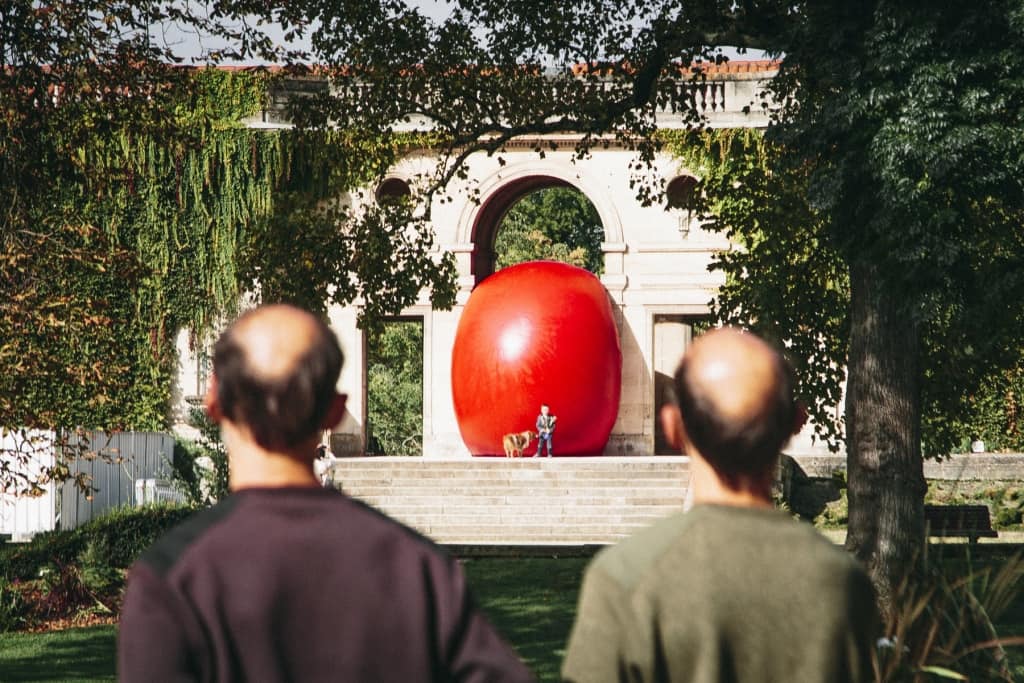
All photos by Brit Worgan
